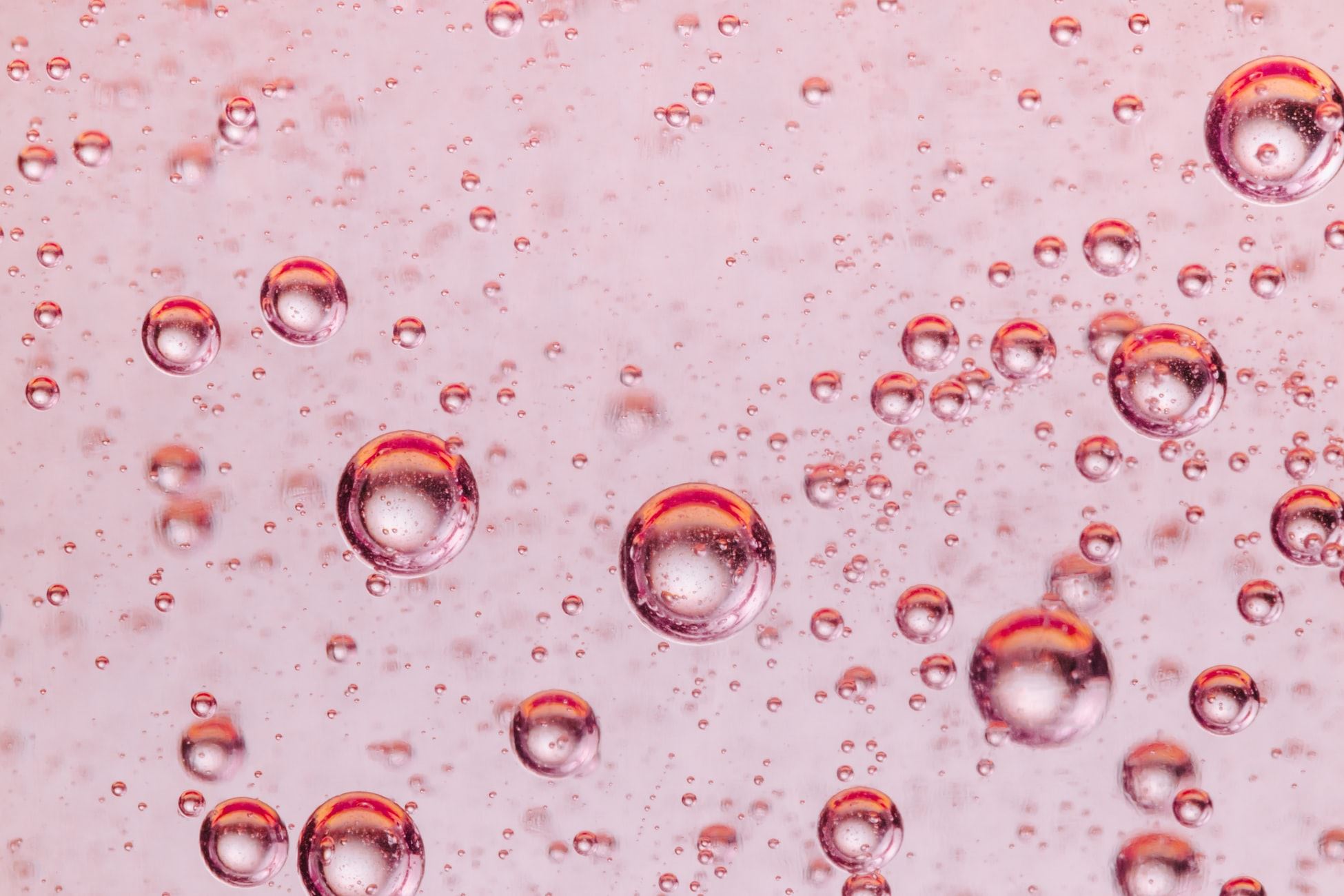
Back in 1971, investor Jeremy Grantham helped establish one of the first index funds. In 2022, he published a viewpoint report called ‘Let the Wild Rumpus Begin,’ in which he says, “Today in the U.S. we are in the fourth superbubble of the last hundred years. Previous equity superbubbles had a series of distinct features that individually are rare and collectively are unique to these events. In each case, these shared characteristics have already occurred in this cycle. The checklist for a superbubble running through its phases is now complete and the wild rumpus can begin at any time.”
He goes on to add that three asset classes are in super-bubble states: equities, bonds and housing. A fourth bubble is unfolding in commodities. All are ready to pop at any time –two giving signs of having already started to pop: equities and bonds. Last year, stocks were “only” in a bubble state, but they have since inflated to super-bubble size.
Grantham does not calculate a bubble in terms of multiples or valuation, but rather in reference to the long-term trend of each asset class. A super-bubble sees prices deviate three times above trend. When it pops, prices inevitably revert back to trend. In the case of equities, the bubble “begins to deflate from the riskiest end of the market first – as it has been doing since last February. Grantham sees the trend value for the S&P at about 2,500 (from 4,700 at the time he published).
“What is new this time, Grantham writes, and only comparable to Japan in the 1980s, is the extraordinary danger of adding several bubbles together, as we see today with three and a half major asset classes bubbling simultaneously for the first time in history. When pessimism returns to markets, we face the largest potential markdown of perceived wealth in U.S. history (Grantham’s emphasis).” Those markdowns should be in the unprecedented range of 50% in the three areas of equities, bonds and housing.
Grantham doesn’t claim that a crash in one asset class will inevitably propagate to the other bubbly classes, though it could, as it did in 2008. The present super-bubbles are the “direct outcome of the post-Volcker regime of dovish Fed bosses” who not only allowed these events, but “actually encouraged and facilitated them” with what markets have come to call the “Fed put”, others preferring to call it the “Fed fix” (i.e. junkie fix).
Now, the Federal Reserve is taking away the syringe…
Stopping Assistance Cold Turkey
That syringe came in two forms, indicates Anil Passi, Director of global Corporates, at DBRS Morningstar: systematic printing of money through QE, and fiscal stimulus by governments. “Those two drivers are fading fast, Passi says. You can debate: is this simply a correction? Will it be a crash? What will be the magnitude of the correction? Two things are quite sure presently: there’s a rotation to value and not many still think that the markets will continue their flight to the stars.”
As to predicting a crash in bonds, Passi is not ready to talk of that, though it is quite obvious that “a bear market era is starting”. He gives the example of a 30-year bond yielding 2% which moves to a 3% yield. “That’s a 50% increase, he comments. That type of change in the discount rate makes a massive difference to the value of that bond over a 30-years time horizon.”
Like Passi, other commentators recognize to a certain extent the situation Grantham describes, but they don’t draw conclusions as pessimistic as he. “If you take this as a typical bear market, not associated with a recession, it’s going to take you down around 20%, maybe a little more,” Ed Clissold, chief U.S. market strategist at Ned Davis Research, recently told CNBC.
Fundamentals Hold Steady
“I would agree with Grantham that over the last 12 months markets went too far, but is this a price correction versus something more nefarious?” asks Craig Basinger, Chief market strategist at Purpose Investments. He reminds investors that beneath all this froth and angst, “the economy is growing well, we see no bankruptcies and earnings are still great. Is there a bigger fundamental problem? I’m not sure we can say that.”
On the real estate front, Josh Varghese, founding partner of Axia Real Assets, is not fazed by Grantham’s claims. “In commercial real estate, he says, we haven’t seen any excess and banks are very rational in their lending. In technology, stocks might suffer because companies don’t have much cash flow, but I still consider that the tech wave is structurally here to stay.”
Anthony Scilipoti, president of the Veritas Group of companies doesn’t expect any market crash, though he plans on a “very volatile stock picker’s market that will require separating wheat from chaff”. He is willing to make one prediction: “I expect Canada to outperform the U.S. because we have less exposure to technology and health care, and more exposure to energy and commodities.”
Conclusion - Unclear
Whether we are in a crash or in a correction is anybody’s guess. At the time of writing this story, tech stocks seemed to be staging a rally. Beware, warns Andrew Slimmon, senior portfolio manager at Morgan Stanley Investment Management. Buying the dip, as traders have been doing systematically for the last years, could prove risky. “Once the fever breaks, it lasts a long time,” he adds.




















